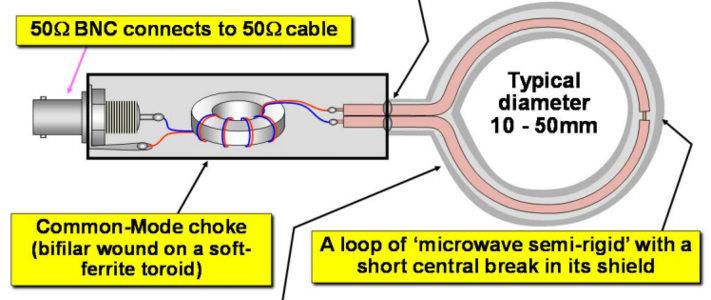In this section
Using close - field probes to reduce design risks early in a project

This article, and the ones that will follow it, are about dealing with EMC issues during design and other project stages, to save time and money; reduce project/financial risks, and to help ensure that if we take products to a ‘proper’ EMC test lab for compliance testing, they will pass on the first test.
Close‐field EMC probing (often called near‐field probing) is difficult to do accurately, but it is an excellent qualitative technique that can be used to compare the EM characteristics of one thing, with those of another.
For this reason, although – like computer simulation – close‐field probing cannot (generally, yet) be used to prove that a particular EMC laboratory test would be passed, it is of huge benefit in helping us discover and fix EMC problems.
First published in the EMC Journal, Issue 112, June 2014
You are free to use this information on condition that you do not modify it in any way and always make it clear who was its original author and where it was published or posted.Get more from EMC Standards
EMC Standards is a world-leading resource for all things EMC and EMI related. Our website is packed full of both free and paid-for content, including:
- Online quiz
- Webinars
- Training quiz
- And much more!

Electromagnetic Engineering (EMgineering) is the basis for proven good design practices for signal integrity (SI), power integrity (PI), and the control of EMI emissions and immunity (EMC).
Our aim is to help people learn how to more quickly and cost-effectively design and manufacture electronic equipment (products, systems, installations, etc.) to meet functional (i.e. SI/PI) specifications and conform to EMC standards, directives and other requirements.
Such equipment should benefit from reduced warranty costs and financial risks, whilst improving uptime, competitiveness and profitability.
We also cover basic good electrical safety engineering; and the Risk Management of Electromagnetic Disturbances / EMI, whether for Functional Safety or other types of risk.
Join EMC standards TODAY!